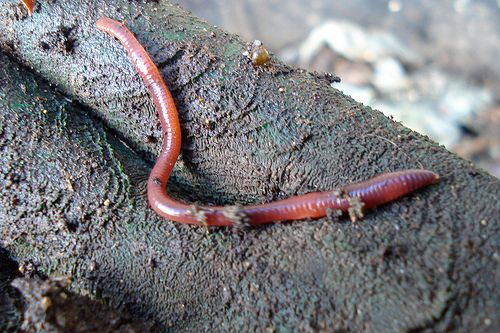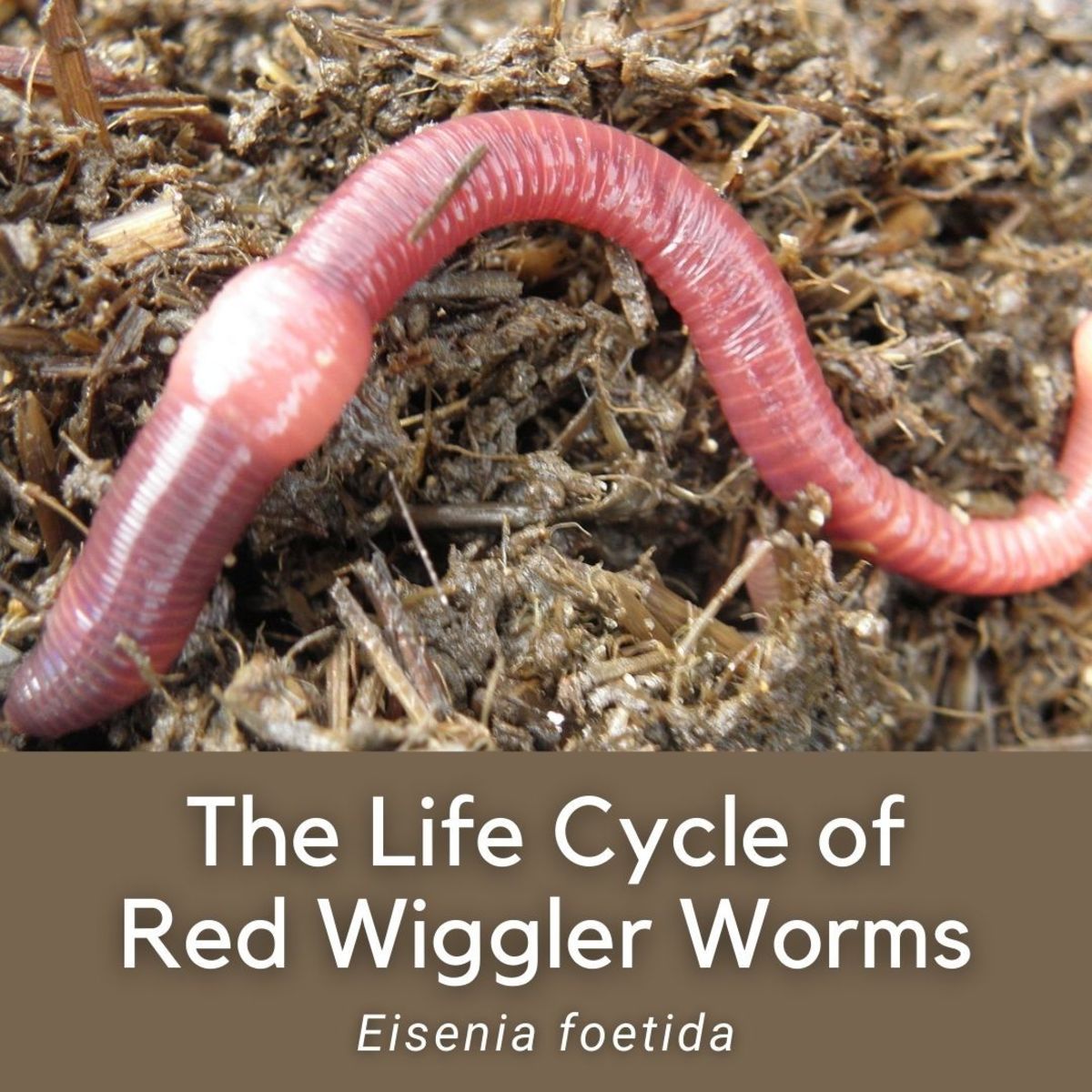Red Wiggler Worms - Effective Decomposers for Your Garden Compost Bin
Red Wiggler Worms - Effective Decomposers for Your Garden Compost Bin
Blog Article
Discover the Ultimate Overview to Red Wiggler Worms: Just How to Look after, Type, and Harvest These Beneficial Animals
On the planet of sustainable gardening and composting, red wiggler worms are related to as indispensable allies because of their capacity to damage down raw material efficiently and produce nutrient-rich castings. Comprehending the ins and outs of looking after these tiny but mighty creatures, grasping the art of breeding them, and discovering the optimum means to harvest their castings can substantially enhance the health and wellness of your soil and plants. As we begin on this journey to check out the supreme guide to red wiggler worms, we will reveal sensible pointers, specialist understandings, and cutting-edge methods that will not only benefit your yard yet likewise strengthen your recognition for these beneficial soil-dwellers.
Setting Up Your Red Wiggler Environment
Creating a suitable environment for your red wigglers is crucial for their health and reproduction. Begin by selecting a large and opaque container to house your worms, ensuring it has appropriate ventilation to keep airflow.
Following, line the base of the container with a layer of moistened bedding products such as shredded newspaper, cardboard, or coconut coir. This bed linen provides a comfy space for the worms to tunnel and helps preserve moisture levels within the environment. Introduce your red wigglers to their brand-new home by gently putting them on top of the bedding.
Avoid hot or acidic foods, milk, meat, and oils, as these can damage your worms. By following these actions, you can make certain a flourishing environment for your red wiggler worms.
Necessary Care Tips for Red Wigglers
To ensure the well-being and durability of your red wiggler worms, it is important to apply necessary care suggestions that complement the careful arrangement of their environment. Preserve appropriate moisture levels in the worm container by on a regular basis changing the bedding and inspecting.

The Art of Red Wiggler Reproduction
How can red wiggler breeders optimize the reproduction process to maintain a healthy and successful worm population? The art of red wiggler reproducing includes producing perfect conditions for these composting creatures to recreate effectively. To improve breeding success, breeders should ensure that the worm container setting continues to be wet, oxygenated, and rich in organic matter. Maintaining a well balanced bedding material, such as a mix of shredded newspaper and food scraps, supplies the required nutrients for the worms to reproduce and grow.
To urge mating and egg-laying, it is necessary to monitor the temperature within the worm container. Red wigglers choose temperatures in between 55-77 ° F(13-25 ° C )for optimal reproduction problems. Red Wiggler Worms. In addition, staying clear of extreme temperature level fluctuations and providing a undisturbed and dark setting can stimulate the worms' reproductive tasks

Harvesting and Using Worm Spreadings
Optimizing the recreation process and preserving a healthy worm population through successful reproduction sets the phase for red wiggler breeders to take advantage of the beneficial source of worm spreadings. Collecting worm spreadings, additionally called vermicompost, is a critical action in the red wiggler worm farming procedure. These nutrient-rich spreadings are a powerful natural plant food that can boost dirt quality, improve plant growth, and boost crop yields.
One common approach is to develop different feeding areas in the worm container, attracting the worms to migrate to brand-new bed linens by focusing food in one location. One more technique involves spreading the components of the bin in a thin layer under bright light; worms will tunnel deeper into the stack, permitting for the very easy removal of the castings from the top.
Utilizing these worm castings in your yard or farming ventures can significantly profit plant health and wellness and soil fertility, making the initiative of harvesting them a fulfilling element of red wiggler worm farming.
Troubleshooting Common Red Wiggler Issues
When evaluating red wiggler worm ranches, breeders might encounter usual issues that call for troubleshooting to maintain the health and wellness and productivity of their worm populace. One prevalent issue is overfeeding, which can bring about an accumulation of leftover food and excess moisture in the worm container. This can result in nasty smells, attracting parasites, and potentially hurting the read here worms. To remedy this, minimize the feeding quantity and frequency up until the worms overtake the offered food.
An additional concern dog breeders may face is the visibility of termites in their worm containers (Red Wiggler Worms). While some termites are safe, an overpopulation can suggest a discrepancy in the container's atmosphere. To resolve this, change important source the wetness levels by including much more bed linen materials like shredded newspaper or cardboard to produce a drier habitat that is much less beneficial for termites
Finally, if worms are attempting to escape the bin, it might signify negative conditions such as level of acidity or heats. Check the pH levels of the bed linen and guarantee correct air flow to manage temperature and moisture levels within the worm farm.
Conclusion
To conclude, red wiggler worms are useful creatures that can profit your yard or garden compost bin. By providing them with a suitable environment, correct treatment, and comprehending their reproduction behaviors, you can optimize their capacity. Gathering their nutrient-rich castings can boost dirt fertility and plant development. Listen to typical issues that might emerge and address them promptly to ensure the health and efficiency of your red wiggler population.
Keep the worm container in an ideal place away from straight sunlight and extreme temperatures to offer a comfortable living atmosphere for your red wigglers.
Optimizing the recreation procedure and preserving a healthy worm population via successful breeding establishes the stage for red wiggler breeders to utilize the useful source of worm castings. Collecting worm castings, likewise known as vermicompost, is an important action in the red wiggler worm farming process. One common strategy is to produce different feeding areas in the worm bin, enticing the worms to migrate to brand-new bedding by concentrating food in one location.When examining red wiggler worm ranches, dog breeders might experience typical concerns that call for troubleshooting to keep the wellness and efficiency of their worm populace.
Report this page